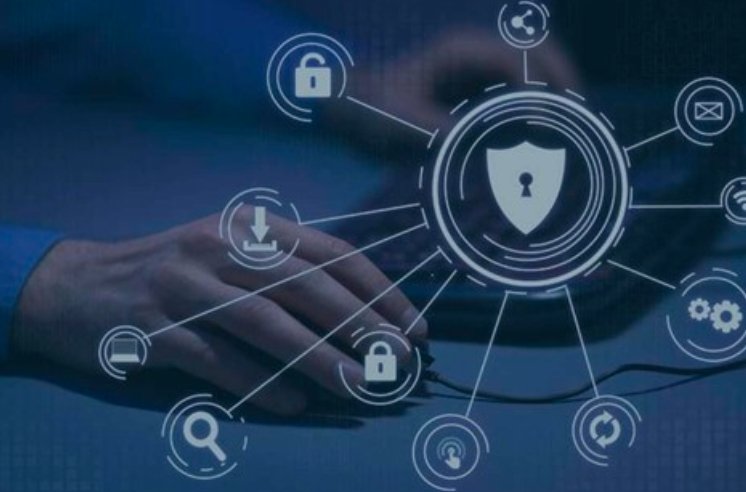ACH fraud is a type of electronic payment fraud that involves unauthorized transfers using the Automated Clearing House (ACH) network. ACH is a system that allows financial institutions to process direct deposits, checks, bill payments, and cash transfers between businesses and individuals. ACH fraud can affect anyone who uses online banking or electronic payments, from individuals to small businesses, non-profits, government entities, and banks.
What are the risks of ACH fraud?
ACH fraud can cause financial losses, reputational damage, and legal liabilities for the victims. Fraudsters only need two pieces of information to commit ACH fraud: a bank account number and a routing number. They can obtain these details through various methods, such as phishing, malware, data breaches, skimming, social engineering, or insiders. Once they have the account information, they can initiate unauthorized payments for purchases, debts, or transfers to their own accounts or accomplices.
According to a report from the FBI, there has been approximately $100 million in attempted losses due to ACH fraud as of October 2009. The FBI also said it is seeing several new victim complaints and cases opened every week. ACH fraud is especially prevalent in the age of evolving financial fraud, as newer and more sophisticated scams continue to capture headlines.
How can you prevent and detect ACH fraud?
There are several strategies that can help you prevent and detect ACH fraud, such as:

- Employee education: Train your staff to recognize phishing and social engineering attempts, and to avoid clicking on suspicious links or attachments. Educate them on how to protect their account information and passwords, and to report any suspicious activity or transactions.
- Transaction monitoring: Use tools or services that can monitor your account activity and alert you of any anomalies or unauthorized payments. Review your bank statements regularly and verify all transactions. Report any discrepancies or errors to your bank as soon as possible.
- Data encryption and secure transmission: Use encryption software or devices to protect your stored account information from unauthorized access or theft. Use secure networks and websites when transmitting or receiving account information or payments. Avoid using public or unsecured Wi-Fi or computers for online banking or payments.
- Account validation: Use account validation methods to verify the identity and legitimacy of the recipients or originators of ACH payments. Account validation can be done manually with a voided check, electronically with a prenote or a micro deposit, or through a verification database or a financial institution credential. Account validation is part of the NACHA WEB Debit rule, which requires ACH originators to use a commercially reasonable fraudulent transaction detection system to screen web debits for fraud.
- Fraud prevention and compliance solutions: Use solutions that can help you prevent, detect, and resolve ACH fraud and other types of payment fraud. For example, Quavo, Inc. announced the release of new automated ACH capabilities to its cloud-based dispute management platform, QFD® (Quavo Fraud & Disputes). These enhancements include additional claim reasons in the intake questionnaire, automated workflows, and integration with the ACH network.
How can you recover from ACH fraud?
If you are a victim of ACH fraud, you should take the following steps to recover from the fraud and minimize the damage:
- Contact your bank immediately and report the fraud. Ask them to stop or reverse the unauthorized transactions, and to close or freeze your affected account. Request a written confirmation of your report and the actions taken by the bank.
- File a police report and obtain a copy of the report. This can help you prove that you are a victim of fraud and support your claim for reimbursement or compensation.
- File a complaint with the Federal Trade Commission (FTC) and the Internet Crime Complaint Center (IC3). These agencies can help you with consumer protection and law enforcement. You can also check the FTC’s website for more information and resources on how to deal with ACH fraud and other types of fraud.
- Contact the credit bureaus and place a fraud alert on your credit reports. This can help you prevent identity theft and monitor your credit activity. You can also request a free copy of your credit reports and review them for any errors or fraudulent accounts.
- Contact the other parties involved in the fraud, such as the vendors, creditors, or beneficiaries of the unauthorized payments. Inform them of the fraud and dispute the charges or payments. Provide them with the evidence of the fraud, such as the police report, the bank statement, or the FTC complaint.














